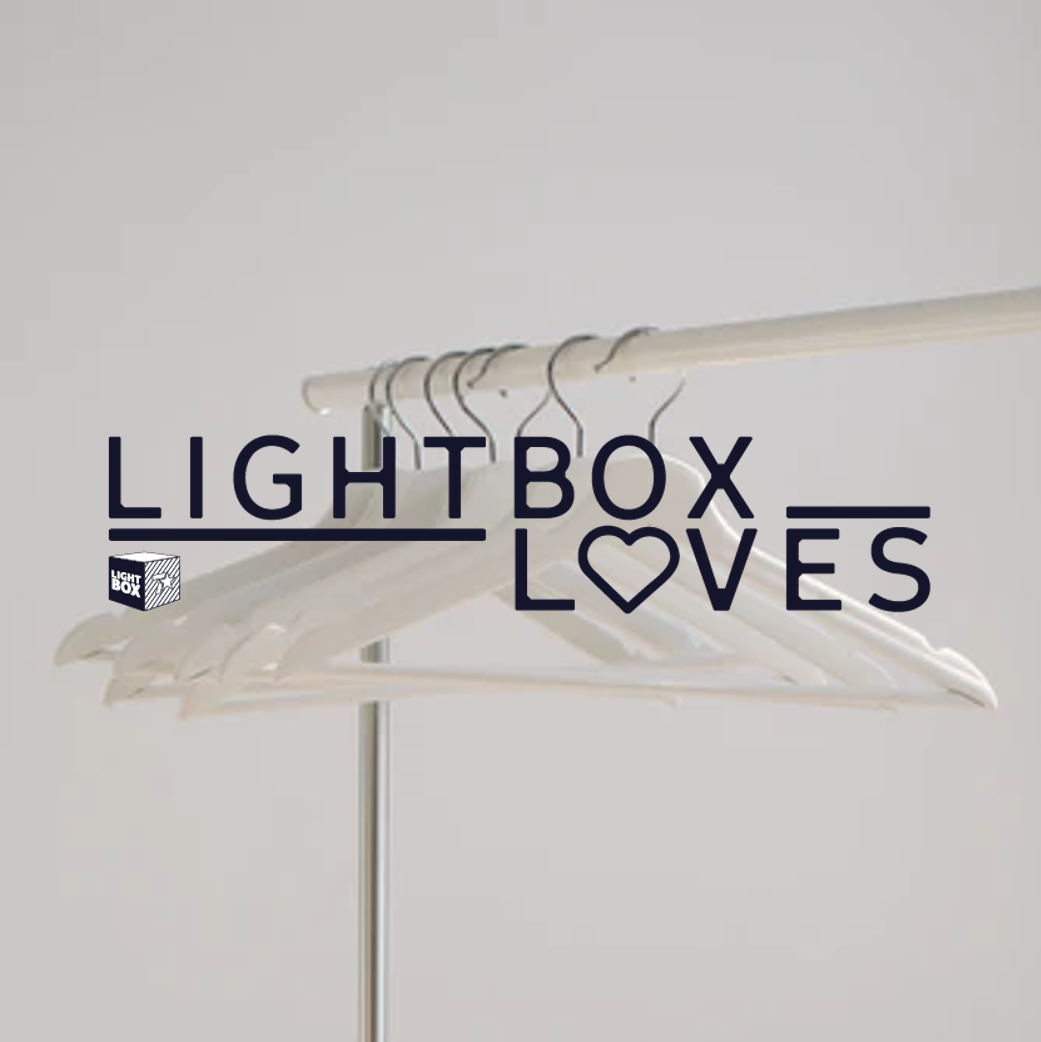
If you are looking to become more ethical when it comes to your fashion footprint, then renting might just be the way forward. During the last 10 years social media has become more ubiquitous in consumers’ lives, combined with fast moving trends. This has given rise to this new rental market, beyond the previous wedding suit and fancy dress market. So instead of purchasing a new outfit for a wedding, you now have the possibility to rent the latest season’s fashion instead. During 2019, Bloomberg called renting clothes “the future of fashion“. It was predicted that the online clothing rental market could offer average returns of almost 11% between 2019 and 2023.
However, this was all before the pandemic. With so many of these key occasions now on pause, increasing concerns around hygiene, and consumers retreating to loungewear, meant the future of the fashion rental market started to look decidedly bleak. UK based fashion rental platform Hurr Collective told Vogue in May 2020 how the demand has definitely fallen in their sector since people were no longer were going to events, coupled with sanitation concerns.
Yet, could there now be change on the horizon for the future of fashion rental? Looking at Google trends data from the last year, it is evident that the clothing rental market took a predictable hit during the pandemic; however, there are already some positive signs that the sector is recovering, with the search terms creeping up again. Furthermore the drive to make the fashion industry a more ecologically responsible, greener and a less impactful industry has not gone away. It accounts for 10% of global emissions and 20% of waste water. To put that in perspective, fashion uses more energy globally than both aviation and shipping combined.
Recently, a number of brands have made efforts to address these issues and try to encourage consumers to rent rather than buy, in spite of the on-going pandemic.
Brands such as Levi’s who have teamed up with Danish brand Ganni to create a capsule collection for Ganni Repeat, a “rental platform that’s trying to create a more circular fashion system and help people rethink how they consume fashion”. This rental-only collection is a first for both brands.
Meanwhile, Selfridges has launched its first ever in-house rental collection in partnership with Hurr Collective. After a successful pop-up concession, it has now become a permanent fixture within the store. This is part of their new sustainability pledge, ‘Project Earth’, with the store changing the way we shop by addressing the environmental impact of materials and production methods used in products, launching a repair and resell retail model and working with customers to try and shift mindsets to become more earth friendly.
With so many uncertainties and people becoming increasingly risk adverse when it comes to their health, it is evident that the pandemic has had a negative effect on the demand for clothing and the clothing rental idea, in particular. Yet we have started to see a glimmer of interest again across this sector with the easing of lockdown measures. It will be interesting to see how this market reacts and evolves in the coming year.
Sources:
- https://www.vogue.co.uk/fashion/article/will-the-fashion-rental-market-recover
- https://www.businessinsider.com/startup-by-rotation-bucks-trend-rent-the-runway-struggles-covid-2020-7?r=US&IR=T
- https://trends.google.com/trends/explore?geo=GB&q=clothing%20rental
- https://www.elle.com/fashion/shopping/a33573693/ganni-repeat-levis-collection/
- https://www.harpersbazaar.com/uk/fashion/fashion-news/a33630593/selfridges-rental-collection-hurr/
- https://uk.finance.yahoo.com/news/clothing-rental-covid-19-demand-085800704.html
- The Future of Fashion Is a Rented Dress
- https://www.bbc.com/future/article/20200310-sustainable-fashion-how-to-buy-clothes-good-for-the-climate

School is out, beaches are packed and despite there being no Wimbledon this year, pitchers of Pimms are back on pub menus. A first glance, it looks like a very British Summer is upon is, and whilst thousands are enjoying summer holidays and the great outdoors, it looks like not even the sunshine can stop the stay-at-home economy from booming.
Our latest wave of the QT (the7stars proprietary consumer sentiment tracker) has demonstrated that despite lockdown easing, brands cannot be too quick to assume Brits are breaking the habit that has become so engrained in us: staying at home. When asking the nation how they are planning to spend this Summer compared to last year – 64% still claim they are planning to spend more time at home, rising to 69% among those aged 55-64 and 70% for those in the South West. In similar vein, 1 in 2 of us are intending on spending less time enjoying UK day trips to indoor locations and for 2 in 5 of us, we are even planning to spend less time making the most of outdoor attractions.
This inclination to be at home is also reflected in our holiday plans. Although given the green light to enjoy Britain’s most attractive holiday destinations, only 10% plan to spend more time than last year on a staycation – although intention doubles amongst parents.
However, there are many glimmers of hope – the government’s ‘Eat Out to Help Out’ scheme has resulted in a 19% increase in high street footfall across the UK. Granted, brands cannot be expected to be as generous as Rishi Sunak, but assuming consumers will bounce back to normal without a nudge is not always realistic. Even when financial incentives are not possible, demonstrating reassurance in other ways might be enough to show empathy – through the likes of creativity and messaging – as we slowly go back to old behaviours.
They say it takes longer to break a habit than start one, so whilst Brits adjust and recover, brands need to show patience and understanding in the meantime.
Sources: The QT, August 2020.
The Guardian: https://www.theguardian.com/business/2020/aug/10/eat-out-to-help-out-scheme-increases-uk-high-street-footfall-covid-19

Last Friday saw a record-breaking day of hot temperatures in the UK, with Friday August 7th now reported to be the hottest August day since 2003. Here at Lightbox Loves we’re sure that we weren’t the only ones in Adland finishing up their afternoon emails with an ice cream in hand.
It’s commonly known that sales of ice cream spike in warmer months, and that advertisers plan their marketing around this seasonal trend accordingly. However warmer temperatures can also affect the sales of products less obvious too, such as hair removal products. In fact, there’s evidence to suggest that temperature can affect our receptivity towards advertising altogether, depending on its content.
Evidence suggests that our receptivity to emotional marketing can fluctuate according to our bodily temperatures in a way that mimics a homeostatic response; much like drawing for a cornetto to cool ourselves down on a hot day. One study found that “emotionally cold” marketing received a better response if a viewer is feeling physically warm, and conversely, “emotionally warm” advertising elicited a better response if a viewer was physically cold. Though viewers could also respond equally well to both forms of advertising if their temperature was close to their homeostatic ideal of 37C. Coca Cola might have picked up on this having produced different Christmas campaigns for different climatic conditions; opting for an “emotionally warm” campaign in cooler regions such as those within the northern hemisphere, and a “cooler” campaign in warmer regions such as those down under.
However, it should be stressed that temperature is just one small piece of the puzzle when it comes to consumer preference; the same research points out that ice cream advertisers shouldn’t necessarily opt for packaging with “cold” colours – as customers looking to pick up ice cream will be chilly if they’re in the frozen section of a supermarket. And any advertiser looking to test creative strategies with seasonal differences in mind should note that there can be significant variations in purchasing thresholds across regions. Terry O’Reilly, host of the advertising podcast Under the Influence, pointed out that in Scotland BBQ sales increase rapidly once the temperatures breaches 20C, though the same effect only occurs at 24C and above in London.
Ultimately, temperature can not only affect sales, but a consumer’s receptivity towards marketing of these products. Advertisers can and have leveraged this evidence to drive sales and gain an edge over their competitors. However there isn’t an off-the-shelf piece of advice that advertisers can apply at a macro level towards their campaigns; keen advertisers looking to leverage the power of temperature changes to boost the saliency of their adverts should grab a themometer – or several, and think about how these findings could be utilised in ways that might swing customer preference at every step of their path towards purchase.
https://www.bbc.co.uk/news/uk-53694492
https://mediatel.co.uk/news/2015/06/30/how-does-weather-impact-advertising/
https://phys.org/news/2018-05-temperature-affects-response-advertising.html

Given the global pandemic, you might think it’s safe to assume that people have more pressing matters to contend with than the environment. Is it even possible to be sustainable during a pandemic, or perhaps a recession? Looking at 2008, it appears not. Sustainability was put on pause to aid competitive pricing and essentially survival. However, with the momentum the sustainability movement has had over the last few years, it will be harder for brands to ‘opt out’ this time around.
Admittedly from the offset, it does appear that the pandemic has somewhat stalled the sustainability movement. The United Nations has confirmed that Covid-19 has put the Sustainable Development Goals out of reach, which is disappointing news, especially given that most goals to protect the environment by 2030 were already unachievable before this all happened.
Granted, there are other pressing issues at the forefront of society; one of seismic proportions being the Black Lives Matter movement. Nonetheless, this movement indirectly drives sustainable practice. Vogue Business has found that companies with a more diverse leadership have better environmental compliance reporting, in addition to stronger financial returns. It goes without saying that increased empathy and an anti-violent stance radiates out to many other causes.
Whilst it is tempting to overlook sustainability in the face of uncertainty, Brits will not. Imagery illustrating the positive impact of lower levels of Co2 emissions across the world have been circulated widely and consciousness amongst Brits is actually rising. From January to April 2020, there has been a +13% uplift in concern about pollution and +24% uplift in people avoiding unethical brands (IPA TouchPoints). This, coupled with Brits enjoying buying less and a slower pace of life, as our QT showed, could be resulting in greater awareness of our surroundings and the impact we’re having as a consumer.
Proving that sustainability has the potential to gain customers in the long-term. H&M launched their ‘Let’s change. For tomorrow.’ campaign in June, promoting that half of their materials are recycled, organic or sustainably sourced, with the aim for this to be 100% of materials by 2030. Businesses who recognise that sustainability is an important deciding factor for consumers in the long-term look set to be the ones who stand-out from the crowd.
Whilst there’s no escaping the present reality, the effects of climate change are set to ultimately overshadow the effects of Covid-19 in the long run. Whilst it may be tempting for brands to scale back to a bear minimum, sustainability will become a pathway to recovery and resilience.
https://www.nature.com/articles/d41586-020-02002-3
https://www.voguebusiness.com/sustainability/sustainability-in-fashion-relies-on-embracing-diversity
https://www.telegraph.co.uk/business/how-to-be-green/why-sustainability-strategic-business-imperative/



Recent Comments